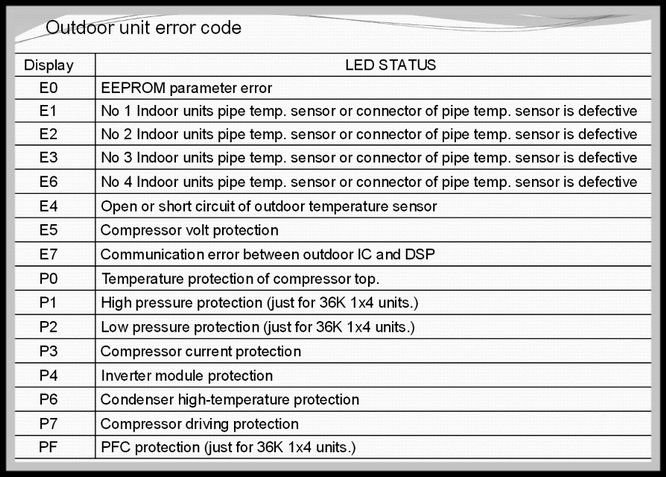
Imagine you’re relying on your air conditioner to beat the heat, and suddenly, it throws an “Error Code LE” at you. It’s like your car’s check engine light turning on without any warning. At first glance, it might feel overwhelming or even scary. But don’t worry, understanding what’s behind this error code is simpler than it seems. The “LE” code signals a problem related to the unit’s water drainage system—essentially, your air conditioner is having trouble dealing with the moisture it’s supposed to expel.
Understanding the “LE” Error Code
Air conditioners work by removing heat and humidity from the air. Naturally, this process creates a good amount of water, which needs to be drained away. Normally, this water is managed efficiently by your AC unit’s drainage system. But when something goes off-track, you might see that dreaded “Error Code LE” flash on your display. It’s like your AC saying, “Hey, I need some help with all this water!”
One common cause of this error is a blocked drainage pipe. Imagine a clogged kitchen sink: when the water can’t flow down the drain, it overflows. Similarly, if the drainage pipe in your air conditioner is blocked, the excess water has nowhere to go. This can lead to backup and trigger the error code. Cleaning the drainage pipe is often the first step to solving this problem. It’s like clearing out leaves from a gutter to ensure rain can flow easily.
Another potential culprit is a faulty or broken pump. The pump acts like a little engine that pushes water out of the unit. If it’s not working properly, it can’t do its job, much like a broken bicycle chain that prevents the wheels from turning. In such cases, the pump might need repair or replacement. Checking the pump’s functionality can often give clues to whether it’s the source of the error.
Addressing the Causes of Error Code LE
Once you’ve identified the possible culprits for the “LE” error, it’s time to take action. Let’s start with the drainage pipe. To clear any blockages, you’ll want to carefully disconnect it and flush it out with water. Think of it as giving the pipe a good rinse to wash away anything that’s stuck inside. Sometimes, using a small brush can help dislodge stubborn debris.
If the drainage pipe isn’t the issue, your next focus should be the pump. First, listen for any unusual sounds—just like you’d do if your car engine started making weird noises. If the pump is unusually quiet or making odd sounds, it might be struggling. In many cases, replacing the pump is a straightforward task, much like swapping out a faulty battery in your remote control.
There might also be a problem with the installation angle of your air conditioner. If it’s not tilted properly, water might not flow out as it should, leading to accumulation and the error code. Ensuring your unit is installed correctly can prevent this issue from arising. Think of it like setting a bookshelf level—if it’s tilted, things could start falling off.
Preventative Steps and Maintenance Tips
Preventing the “LE” error code from showing up again is not only about fixing what’s broken but also maintaining what’s working. Regular maintenance is key, much like brushing your teeth to keep cavities at bay. Start by scheduling routine checks to ensure all components of your air conditioner are in good shape. Just like a well-tuned car engine, a well-maintained AC runs smoothly and efficiently.
Cleaning is also crucial. Dust and debris can accumulate over time, causing blockages. Make it a habit to check and clean the air filter, the drainage pipe, and the external parts of your unit. It’s like spring cleaning for your air conditioner—a bit of effort goes a long way in prevention.
Lastly, be mindful of unusual smells or sounds, as these are often early signs of potential problems. Addressing these signals early can prevent bigger issues down the line. Keeping an ear and an eye out for these indicators is like having a trusty radar that alerts you to any brewing storm.
In summary, understanding and addressing the “LE” error code in GE air conditioners doesn’t have to be stressful. By familiarizing yourself with its causes and taking proactive steps, you can ensure your unit continues to keep your home cool and comfortable. After all, a little bit of knowledge and regular maintenance can make a world of difference.